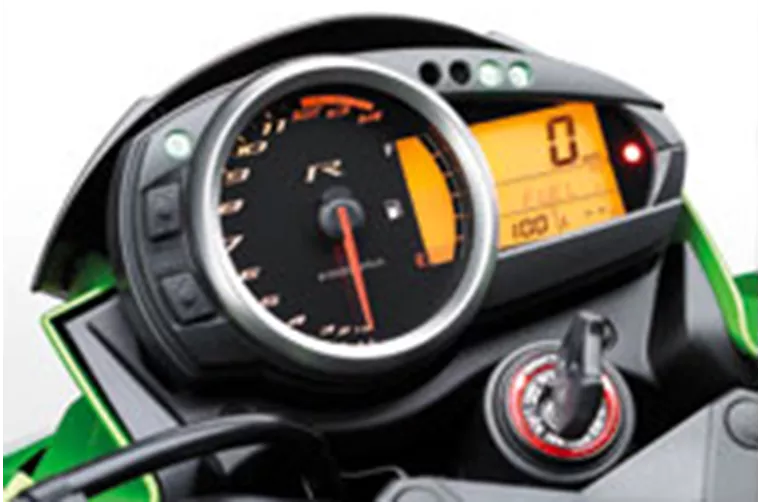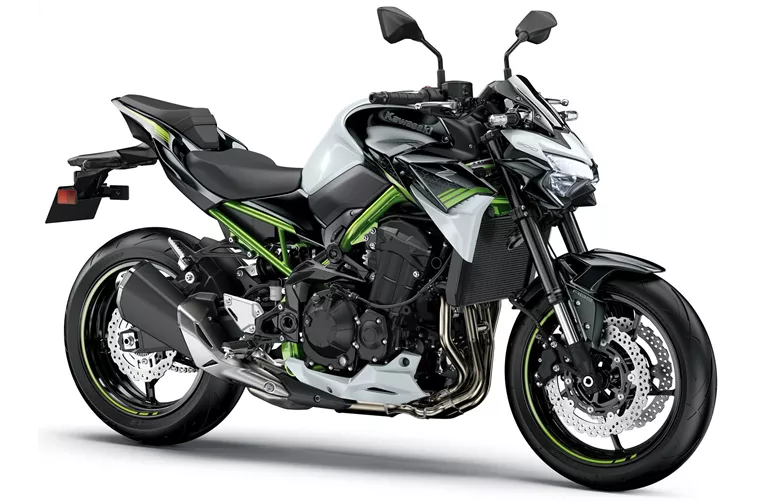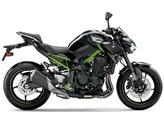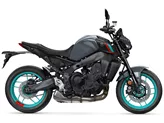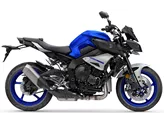Kawasaki Z 750R 2012 vs. Kawasaki Z900 2020

Kawasaki Z 750R 2012
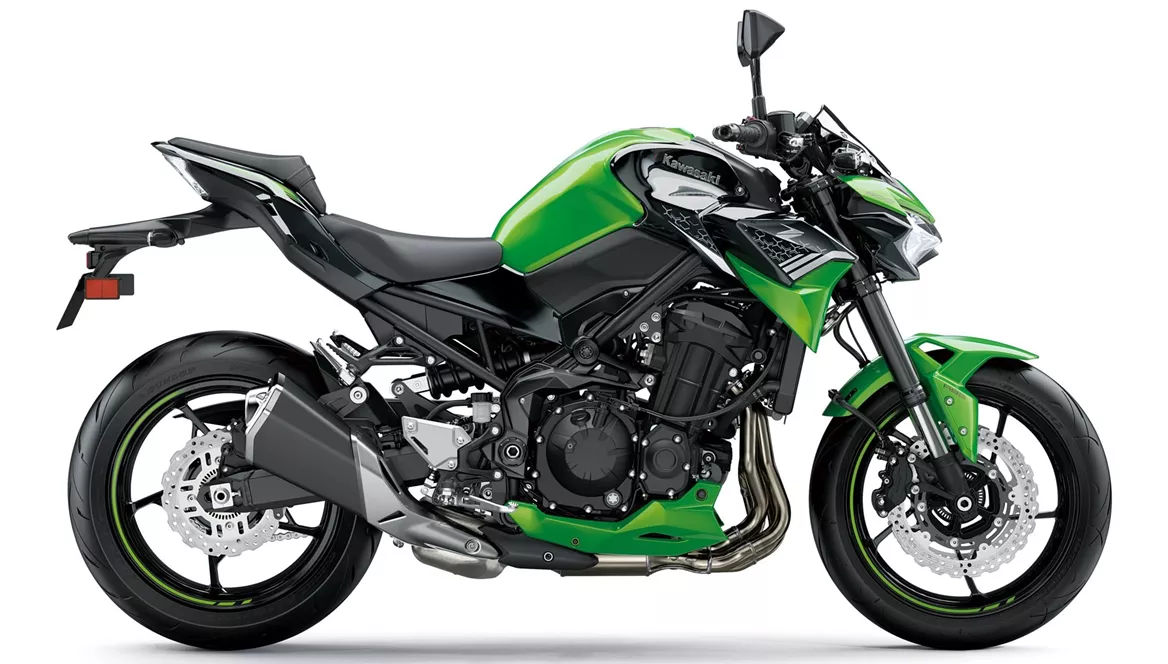
Kawasaki Z900 2020
Vue d’ensemble - Kawasaki Z 750R 2012 vs Kawasaki Z900 2020
The Kawasaki Z 750R model year 2012 and the Kawasaki Z900 model year 2020 are both naked bikes with similar technical specifications. However, there are some notable differences between the two models.
In terms of engine and drive train, both bikes have an inline four-cylinder engine with liquid cooling. The Z 750R has an engine power of 106 HP and a torque of 78 Nm, while the Z900 has a more powerful engine with 125.4 HP and 98.6 Nm of torque. The Z900 also has a larger displacement of 948ccm compared to the Z 750R's 748ccm. This means that the Z900 offers more power and torque, providing a more exhilarating riding experience.
Both bikes have a similar front suspension setup with upside-down telescopic forks. However, the Z900 offers more adjustability with preload and rebound adjustments, allowing for a more personalized riding experience. The rear suspension on both bikes also offers rebound and preload adjustments.

Kawasaki Z 750R 2012
In terms of chassis, both bikes have a steel frame. The Z 750R has a twin tube frame, while the Z900 has a double cradle frame. Both frames provide stability and control, but the Z900's double cradle frame may offer slightly better handling.
Both bikes have double disk brakes with four pistons at the front. The Z900 also features petal technology, which improves heat dissipation and provides better braking performance. The dimensions and weights of the two bikes are also similar, with both having a front tire width of 120mm and a rear tire width of 180mm. The Z900 has a slightly longer wheelbase of 1450mm compared to the Z 750R's 1440mm. The seat height of the Z900 is lower at 795mm, making it more accessible for riders of different heights. Additionally, the Z900 is lighter with a kerb weight of 210kg compared to the Z 750R's 230kg (both weights are with ABS).
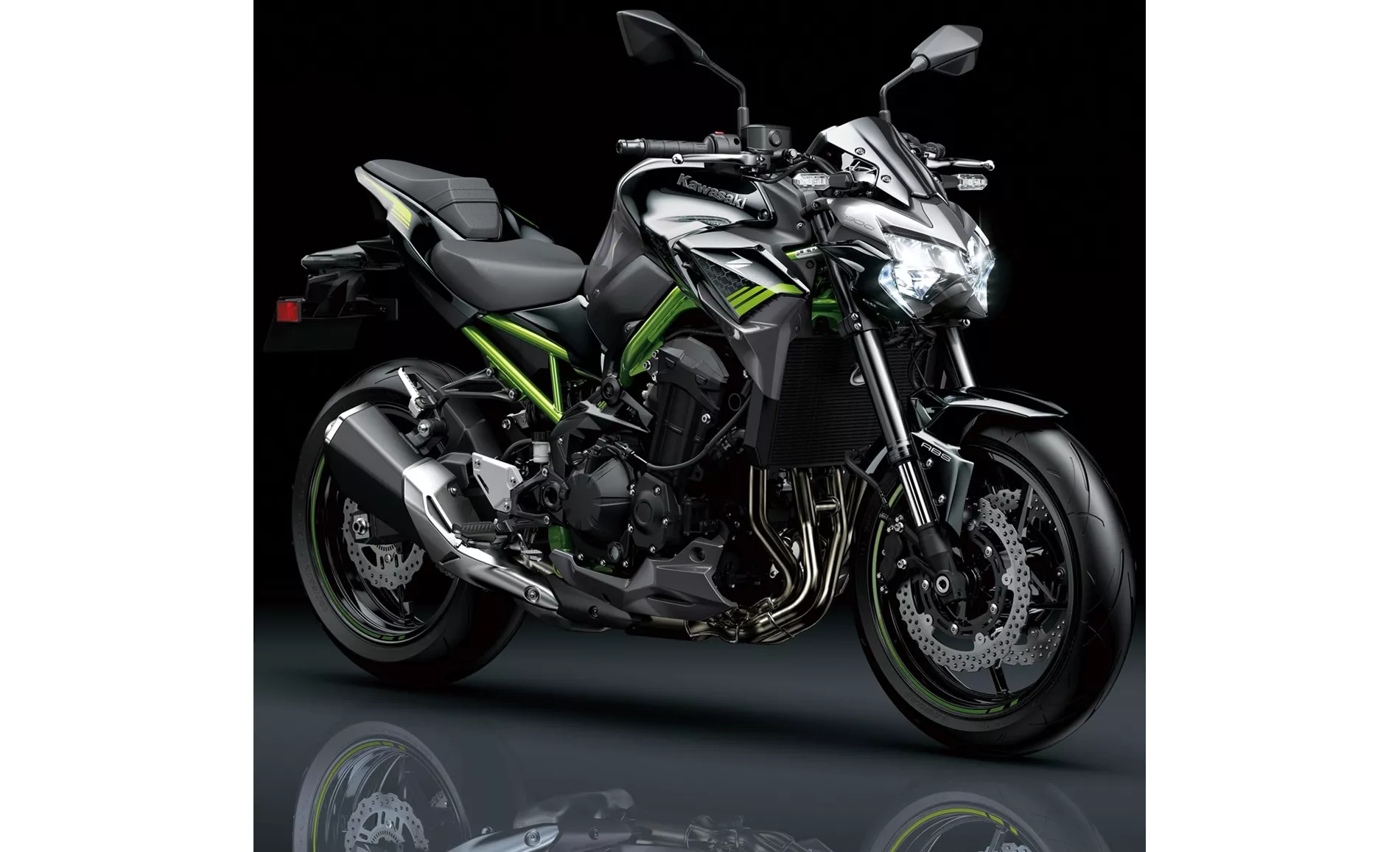
Kawasaki Z900 2020
In terms of strengths, the Z 750R 2012 has a well-designed appearance, a stable chassis, footrests that offer perfect support, and an efficient frame cover. On the other hand, the Z900 2020 has a powerful four-cylinder engine, great handling, good equipment, aggressive looks, and offers value for money.
As for weaknesses, the Z 750R 2012 lacks clean engine tuning with a power commander, which may affect its performance. The Z900 2020 has a somewhat tiring menu navigation and does not offer a quickshifter option, which could be a drawback for some riders.
Overall, the Kawasaki Z900 2020 offers more power, better handling, and additional features compared to the Kawasaki Z 750R 2012. However, both bikes have their own strengths and weaknesses, and the choice between them ultimately depends on the rider's preferences and priorities.
Caractéristiques techniques Kawasaki Z 750R 2012 par rapport à Kawasaki Z900 2020
Avantages et inconvénients en comparaison
Avantages et inconvénients en comparaison
Kawasaki Z 750R 2012
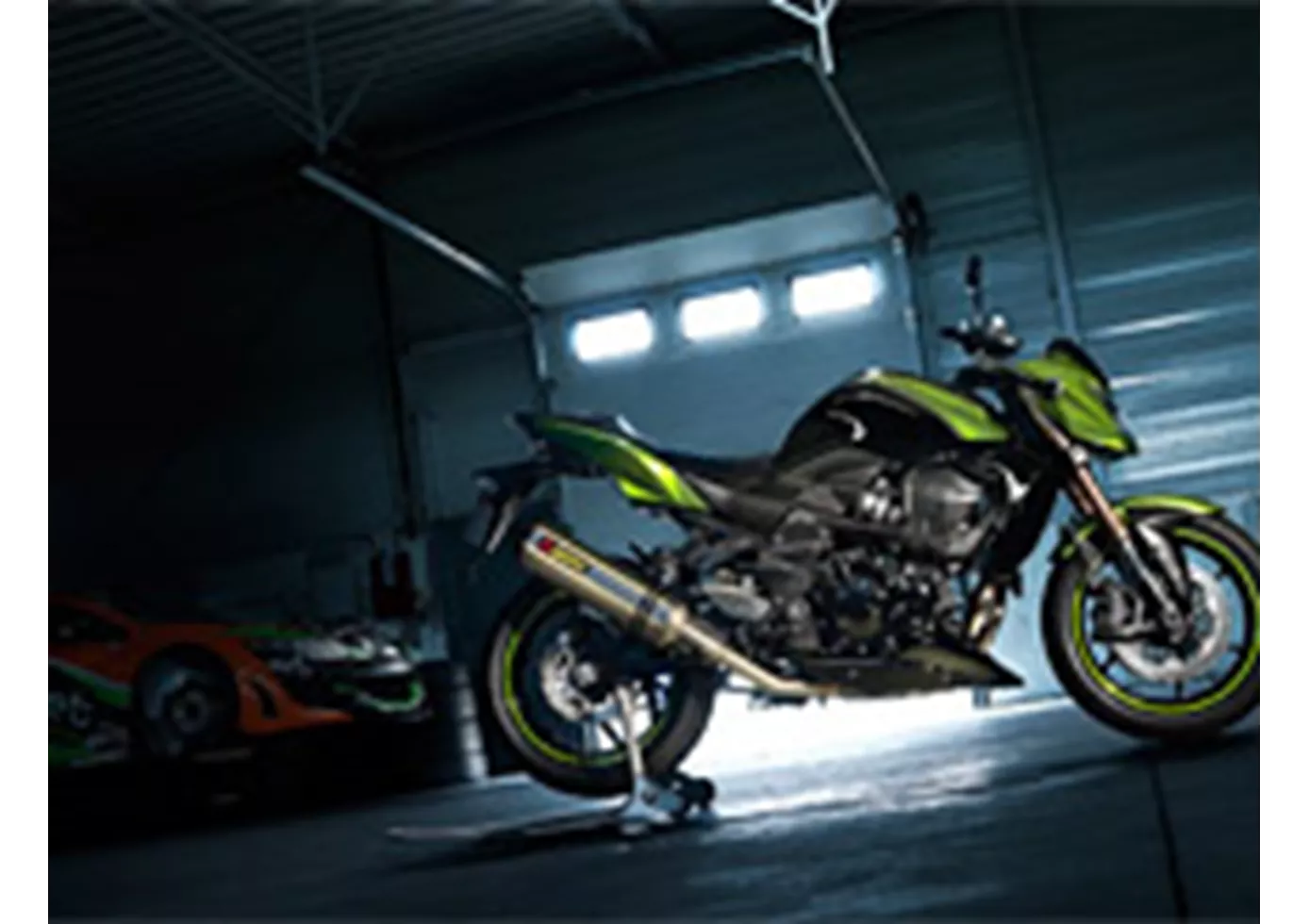
Dans l'ensemble, le réglage a été très fin et précis. On obtient pour son argent, avec un rapport qualité/prix optimal, une très bonne moto naked, facile à piloter et capable de réaliser des tours de piste très rapides. Si l'on démonte les pièces après quelques années, il est très facile de vendre le véhicule sur le marché de l'occasion - la Z750 R est très appréciée.
Kawasaki Z900 2020
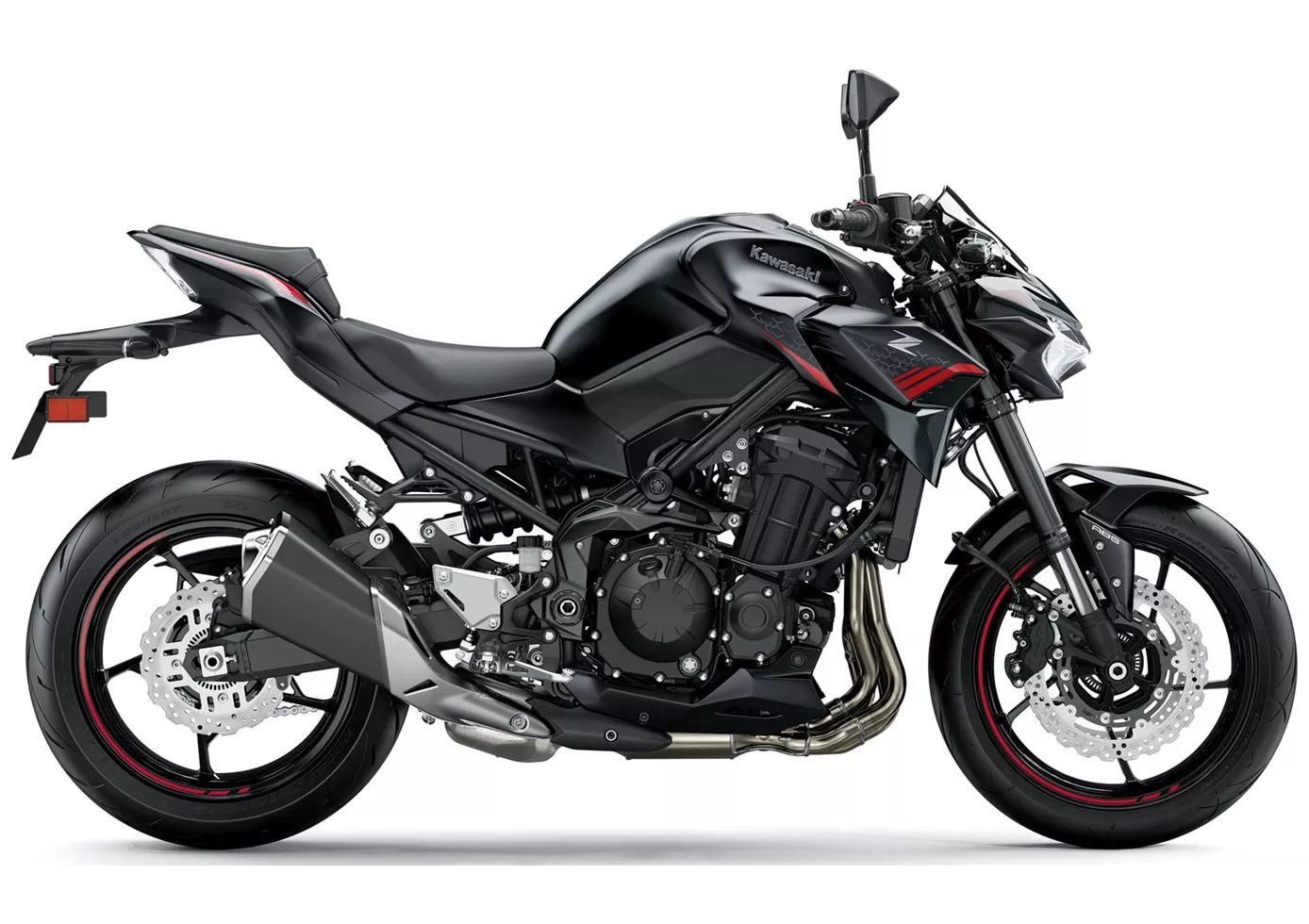
En termes de rapport qualité-prix, la Kawasaki Z900 est actuellement difficile à battre. Avec son moteur parfaitement réglé, ses composants de châssis de haute qualité et l'électronique ajoutée pour 2020, cette naked bike offre tout ce que les conducteurs sportifs recherchent. Il n'y a rien à redire, même si l'option Quickshifter aurait été un plus appréciable. En dehors de cela : un grand coup, Kawasaki !
Comparaison des prix Prix moyen du marché Kawasaki Z 750R vs Kawasaki Z900
There are a few key differences between a Kawasaki Z 750R 2012 and a Kawasaki Z900 2020. In terms of price, the actual average price of a Kawasaki Z900 2020 is about 49% higher. Compared to Kawasaki Z900 2020 there are less Kawasaki Z 750R 2012 bikes available on the 1000PS.de Marketplace, specifically 5 compared to 34. It takes less time to sell a Kawasaki Z 750R with 69 days compared to 124 days for a Kawasaki Z900. Since model year 2011 1000PS.de editors have written 7 reviews for the Kawasaki Z 750R and 46 reviews for the Kawasaki Z900 since model year 2017. The first review for the Kawasaki Z 750R was published on 9/14/2010 and now has more than 17,800 views. This compares to more than 93,200 views for the first review on Kawasaki Z900 published on 11/11/2016.
